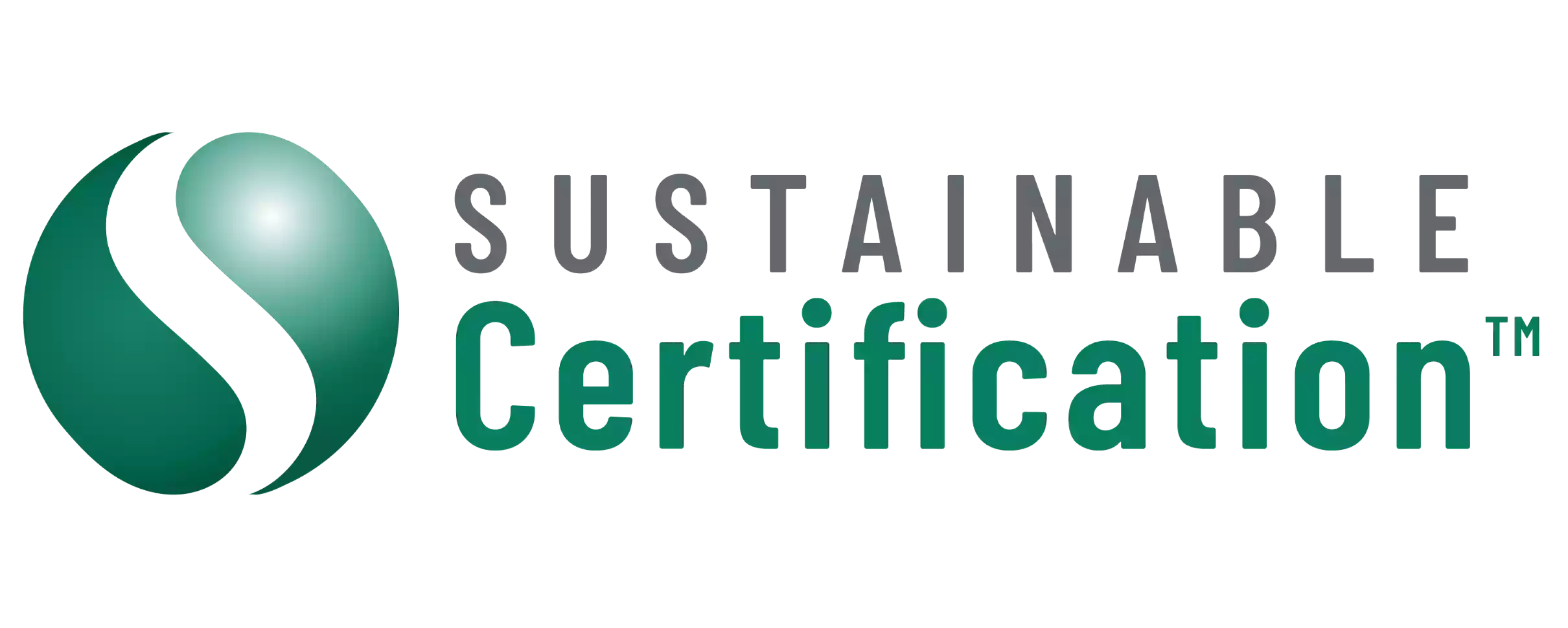ISO 9001:2015 CHANGES TO BE AWARE OF
In 2015, ISO revised the 9001 quality management systems and 14001 Environmental Management Systems. Significant changes were made and now it’s important to know how it will impact various organisations – particularly those who already hold the 9001:2008 certification and 14001:2004. Organisations throughout Australia are already working on making changes and updates.
What are the Major Changes?
There are quite a few ISO changes that you want to be aware of, as it applies to these management system. Reviews are conducted every five years and if a revision is determined to be necessary, then one is rolled out. Businesses and organizations face new and different challenges than several decades ago and the new environment requires a new approach with regards to ISO 9001. This is why there is now a 2015 rollout of changes, which everyone who has been considering getting ISO certified as well as those who are currently certified, need to be aware of.
Some of the biggest changes include:
- New structure, following many of the other ISO management system standards
- Focus on risk-based thinking
- Greater emphasis on leadership engagement
- Addresses supply chain management more prominently
- Simplified language is used
- User-friendly for knowledge-based and service organizations
Presentations are available on the various changes, including the risk based thinking. Although risk based thinking has always been present, there is more of a focus than in prior years. Multiple clauses are impacted by risk based thinking, including Clause 9, where an organisation must monitor, measure, analyse, and evaluate actions in terms of their effectiveness. This will in turn make it easier to manage risk. Risk management is an important part of ISO certification and is increasingly becoming more important. The changes reflect the changed attitude toward risk.
There are an array of benefits that come from this new certification. With all of the changes that have occurred across industries in the past few years, it only makes sense for ISO to make the adjustments. It allows businesses in Australia and the rest of the world to have the support they need in order to put greater emphasis on their business – and this can also lead to better customer service.
ISO 9001 changes are clearly identified and support is provided to those who are currently using the 2008 version. Every organisation is different and therefore it is a good idea to:
- Familiarise yourself with changes
- Identify gaps within your organisation
- Provide awareness and training as necessary
- Update your quality management system
It’s also important to contact a certifying body to learn about what else you can do.
What it Means for People with 9001:2008 Certification
The ISO 9001:2008 is still a valid certification. However, customers who are in the know of the new ISO standards may frown upon a product or service that shows an older year. The ISO provides organisations with a three-year transition in order to make the migration over to the newer standards. Now that the higher level structure is out, it’s important that you start working towards the 2015 standards so that you can update your certification.
Some customers may not mind seeing the 2008 within your ISO certification. Technically, your certification is still valid. However, it is not in response to the latest trends and therefore it is something to be aware of.
The ISO technical committee shares more information, though it’s a good idea to contact a certification body (CAB) in order to find out what needs to be done above and beyond what you already do in order to get the new ISO 9001:2015certification on your products/services. This will allow you to display the new certification prominently and provide the necessary assurance to your customers, regardless of whether they are located in Australia or anywhere else in the world.
